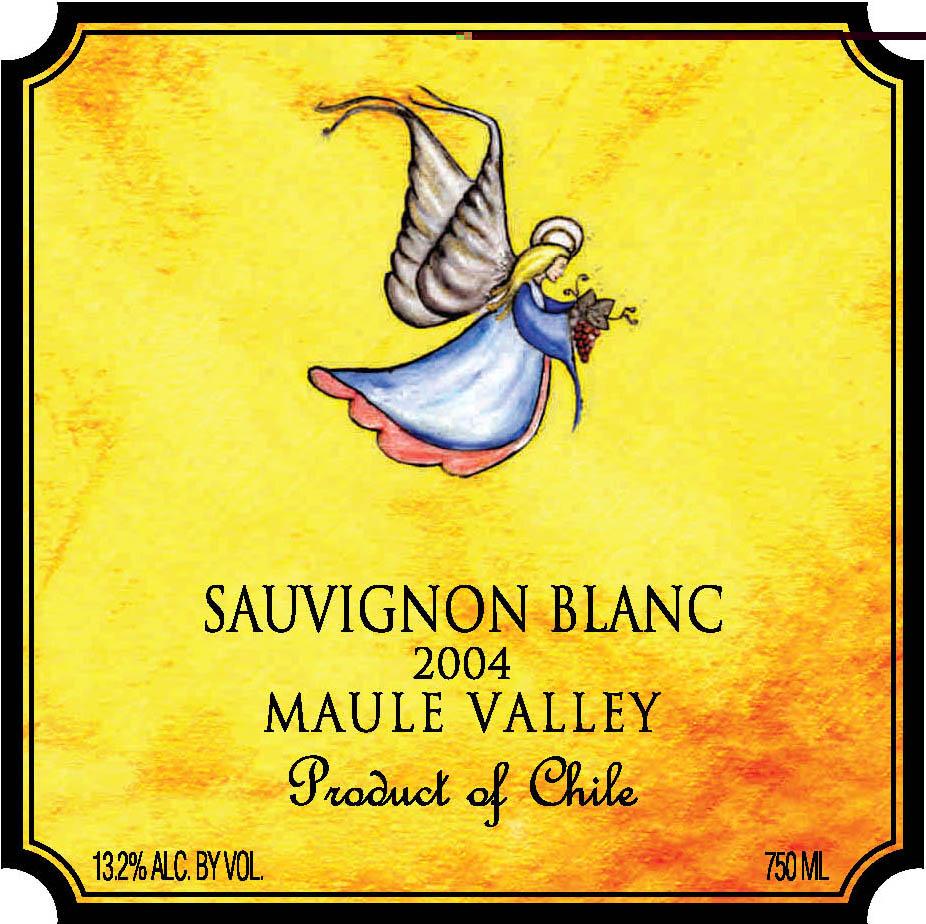2004 Maule Valley Sauvignon Blanc
The Melania "Colección Especial" Sauvignon Blanc from the Maule Valley is a delightful expression of this varietal, captivating wine enthusiasts with its bright and refreshing character. This white wine boasts a light-bodied profile, making it incredibly approachable and enjoyable for various occasions. Its acidity is pronounced, which elevates the flavor experience and lends a mouthwatering quality that complements its vibrant fruit notes. Expect to find prominent flavors of zesty lime, green apple, and hints of tropical fruit that create a lively palate. This Sauvignon Blanc is bone-dry, ensuring a crisp finish that leaves a lasting impression. A true testament to the finesse of the Maule Valley, this vintage from 2004 embodies the region's unique terroir, offering a delightful balance that pairs beautifully with seafood or light salads.
The Melania "Colección Especial" Sauvignon Blanc from the Maule Valley is a delightful expression of this varietal, captivating wine enthusiasts with its bright and refreshing character. This white wine boasts a light-bodied profile, making it incredibly approachable and enjoyable for various occasions. Its acidity is pronounced, which elevates the flavor experience and lends a mouthwatering quality that complements its vibrant fruit notes. Expect to find prominent flavors of zesty lime, green apple, and hints of tropical fruit that create a lively palate. This Sauvignon Blanc is bone-dry, ensuring a crisp finish that leaves a lasting impression. A true testament to the finesse of the Maule Valley, this vintage from 2004 embodies the region's unique terroir, offering a delightful balance that pairs beautifully with seafood or light salads.




